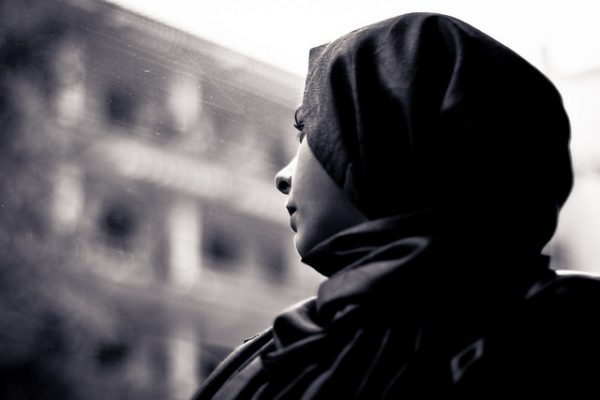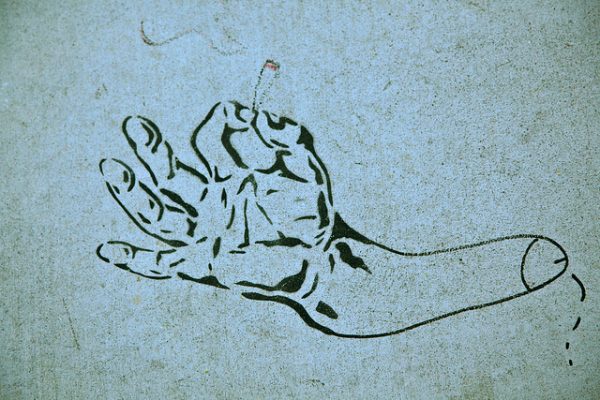
Originally posted Sept. 7, 2017
Criminologists have long observed that men seem to commit less crime after they get married — marriage increases interdependence between spouses, changes social activities, and develops new thinking patterns. However, marriage is more than just the relationship between two individuals, but rather the joining of two social networks of friends, coworkers, and family members that can have other consequences beyond the spousal relationship. And sometimes we marry into families that increase, rather than decrease, our exposure to crime.
Lars Hojsgaard Andersen asks how in-laws affect men’s criminal activity. Using registry data on the entire population of Denmark, Andersen finds that, consistent with previous research, marriage reduces the likelihood that men will be convicted of crime. However, this “buffer” of marriage is lessened by the presence of a brother-in-law who has been in trouble with the law. Specifically, new husbands whose brothers-in-law were convicted in the last 3 years have a 20% higher likelihood of being convicted themselves, relative to new husbands without a convicted brother-in-law. This relationship holds even when accounting for the characteristics and criminal history of both husband and wife, as well as the criminal history of both families.
Andersen notes that previously convicted brothers-in-law increase the likelihood of crime for husbands regardless of their own criminal histories — they can even “ignite criminality” among husbands who previously had no brushes with the law. Overall, the research shows that the ability of marriage to reduce criminal activity partly depends on the new network ties that marriage brings. In short, the impact social bonds and institutions have on behavior rests, in part, on the social ties that those institutions foster.









